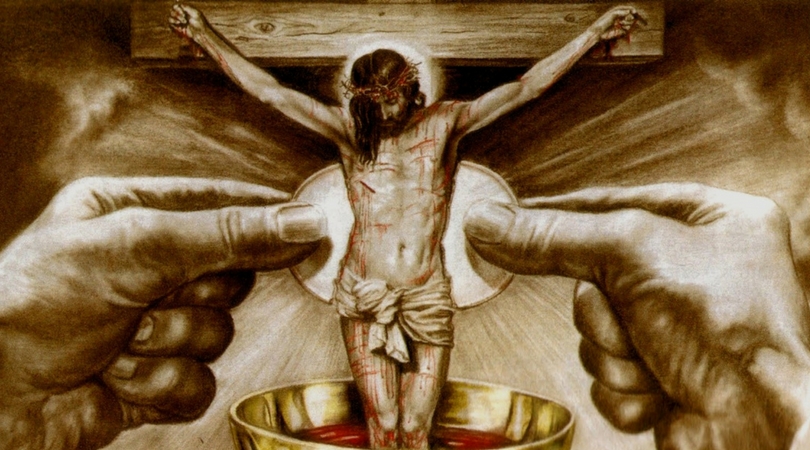The Eucharist
/The Eucharist
Jesus Christ is truly present in the sacrament of the Eucharist. The Catechism of the Catholic Church states that “the body and blood, together with the soul and divinity, of our Lord Jesus Christ and, therefore, the whole Christ, is truly, really, and substantially contained.” How can we come to further understand and appreciate Christ’s real presence in the Eucharist? The basic concept of any real presence is one that requires a combination of both the physical and mental forms of presence.
Imagine spending time with a good friend… You are excited to see that person and to be near them. You both have committed a part of your day to be together. The time spent with your friend is an example of a physical presence, when two people are in the same place.
However, a person’s mental presence adds another dimension to their physical presence. If your friend is distracted and clearly thinking about other things then the conversation you are having, then their mental presence is elsewhere and not with you. This lack of attentiveness prevents them from being really present to you. A mental presence requires concentration and the intention of being there for the other person.
When two people are truly present to each other through a combination of both physical company and mental attentiveness, then they are able to further develop a personal relationship and come to know each other better.
In the Eucharist, God’s presence is real, both physically and mentally. Through transubstantiation and under the appearance of bread and wine, Christ makes his body physically present in the same time and place that we are. The same Christ that walked the earth and gave his life for us on the cross allows us to physically receive his body and blood.
Christ is also totally mentally present to us in the Eucharist. St. Thérèse of Lisieux said “Do you realize that Jesus is there in the Tabernacle expressly for you, for you alone? He is burning with the desire to enter your heart.” The attentiveness of Christ in the Eucharist is that of our Creator, of the person who made us and knows everything about us. It is the attentiveness of the One who loves us more than we could ever imagine.
THIS is the real presence of Christ in the Eucharist. He is with us physically through his body and blood and he is also completely concentrated upon us. He loves us and wants to be with us and He wants us to be with Him. To recognize this true presence is to acknowledge His love and to continue forming a deeper relationship with Him. The Catechism states that the Eucharist “is a presence in the fullest sense: a substantial presence by which Christ, God and man, makes himself wholly and entirely present.”
Pope John Paul II said that in Christ’s real presence in the Eucharist, “the mystery of communion is so perfect that it brings us to the heights of every good thing: here is the ultimate goal of every human desire, because here we attain God, and God joins himself to us in the most perfect union.” During mass, the priest prays “Grant that we who are nourished by his body and blood may be filled with his Holy Spirit and become one body, one spirit in Christ.” By receiving Christ in the Eucharist, we are united with Him and our lives become transformed by His love and His presence. Pope John Paul II also said that “To contemplate Christ involves being able to recognize Him wherever He manifests himself, in His many forms of presence, but above all in the living sacrament of his body and blood.” As we come to realize the magnitude and power of Christ’s real presence in the Eucharist, we will continue to experience the Eucharist anew and be able to respond to God’s love for us, becoming more truly present to Him.




